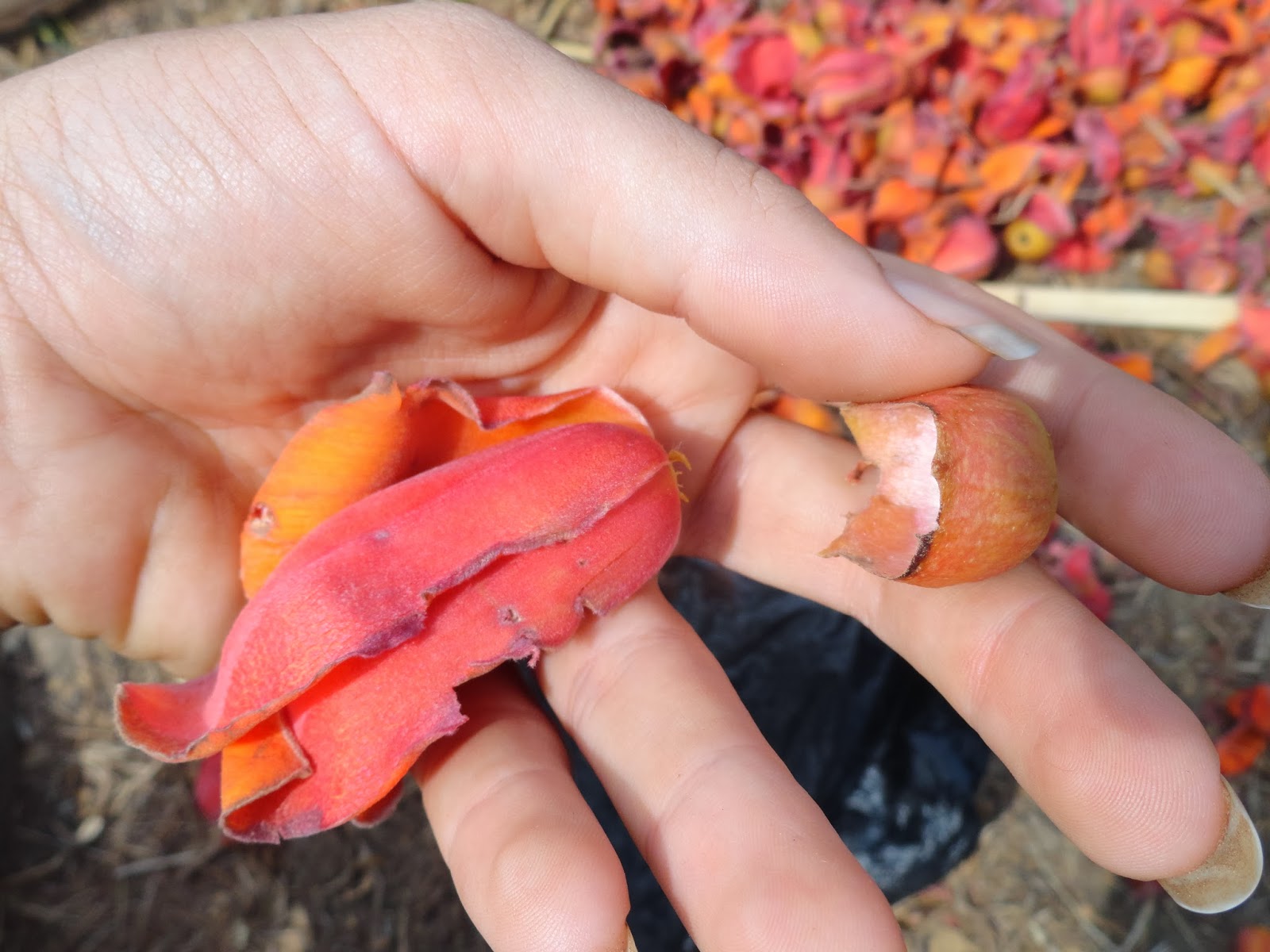Last June, I wrote about a girls' camp hosted in Kandi by the region's Peace Corps volunteers. I was very pleased with the camp, yet disappointed to only be able to send three girls, so this year I decided to host a girls' camp in village. This three-day village camp was held at the beginning of this week, and 29 girls attended.
In many regards, the camp followed the same format as the Kandi camp. We taught the girls about health (malaria, hygiene & sanitation, nutrition, HIV/AIDS, puberty, and more), we brought in guest speakers to inspire the girls to continue their education and pursue dynamic careers, and we threw in a few fun activities (friendship bracelets, frisbee, etc.).
However, I changed one major thing about the camp: I designed it so that it would be easier to replicate by my community even without a Peace Corps volunteer. This meant one major difference from the Kandi camp: no external funding. While the Kandi camp was funded with a $2000 grant, I intentionally had no grant and instead sought community donations. We saved money by holding the camp in village (meaning no money needed for lodging, transport, or food), and we received donations of t-shirts for each girl, free snacks for the last day, free use of a sound system and generator for a post-camp party, and more.
Another innovation is that I turned my star camper from the Kandi camp into my assistant. We met weekly to plan this camp and she helped me develop the schedule and decide which guest speakers to invite. During the actual camp, she taught and led songs and games, conducted a lesson on malaria, and provided organizational support.
Overall, the camp was a roaring success. Some members of the community are already discussing how to run such a camp every year (without the help of foreigners, Peace Corps or otherwise). Now
that's the kind of sustainable development we are supposed to be promoting as Peace Corps volunteers!
Here are some photos from the camp:
 |
| The girls are making friendship bracelets. |
 |
| The girls just finished making a mud stove. This design saves trees by using less wood (as fuel) than the regular model. |
 |
| Our guest speaker is singing with the girls. |
 |
| The girls are performing a skit about mosquito nets during our closing ceremony. |
 |
| Another improvement I made to the camp model was to invite the girls' parents to the closing ceremony. The parents are seated on the left while the girls sing on the right. |


















